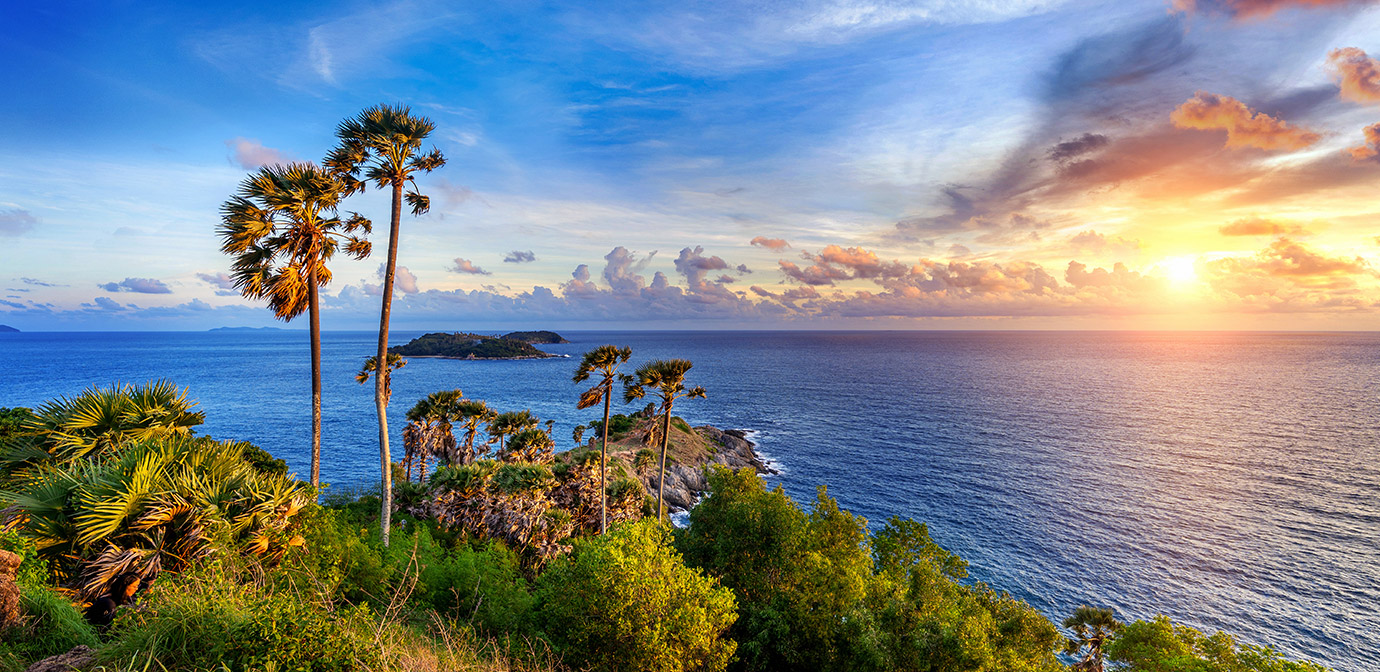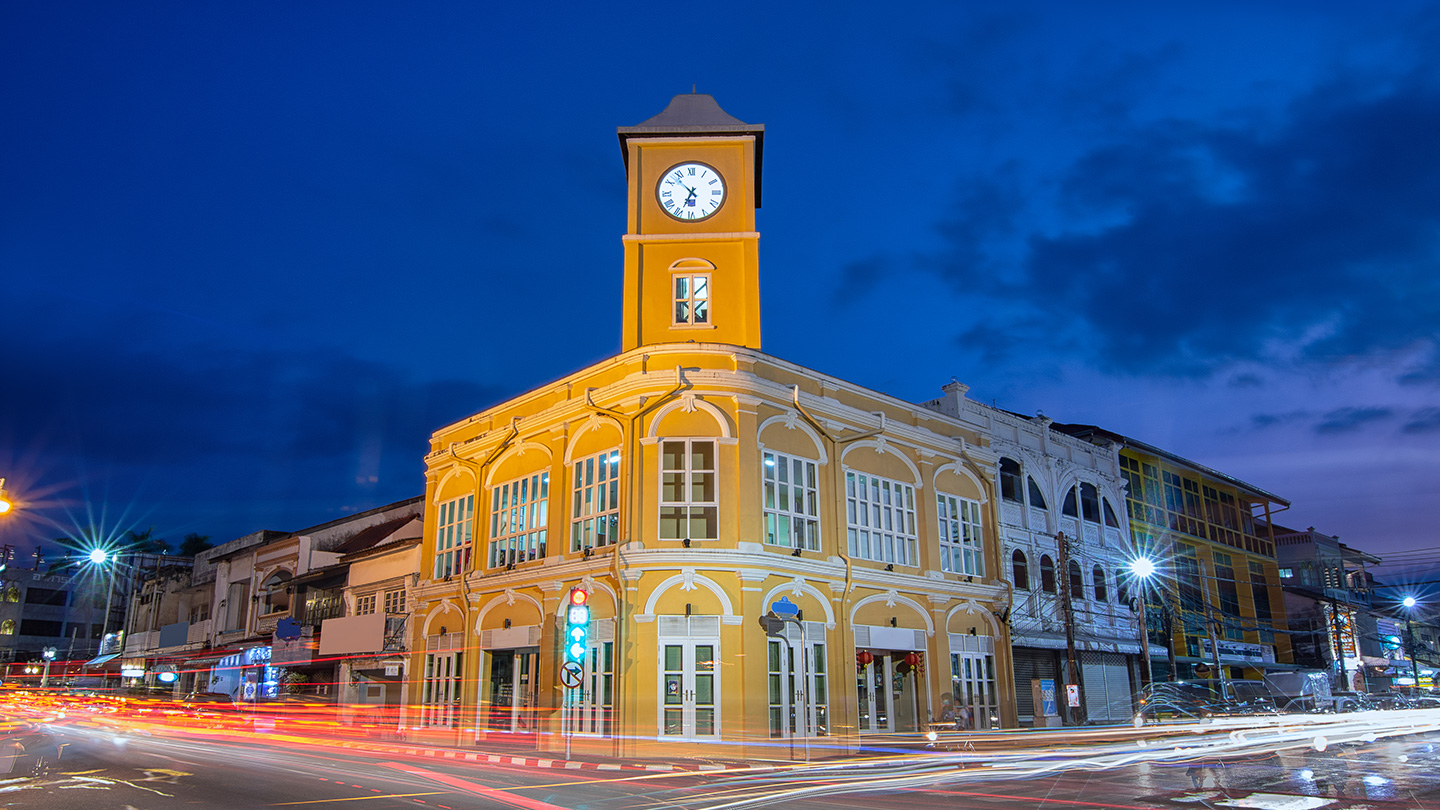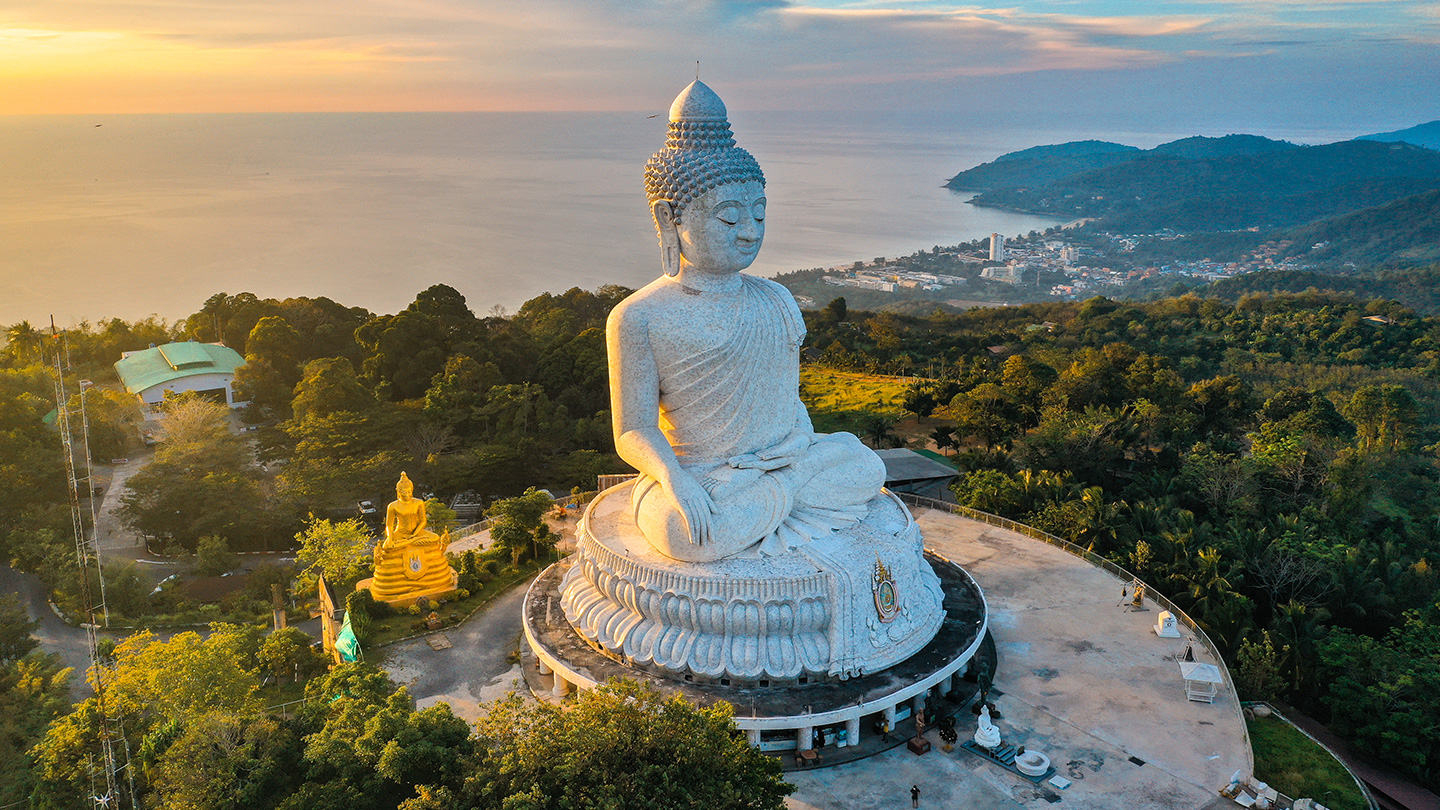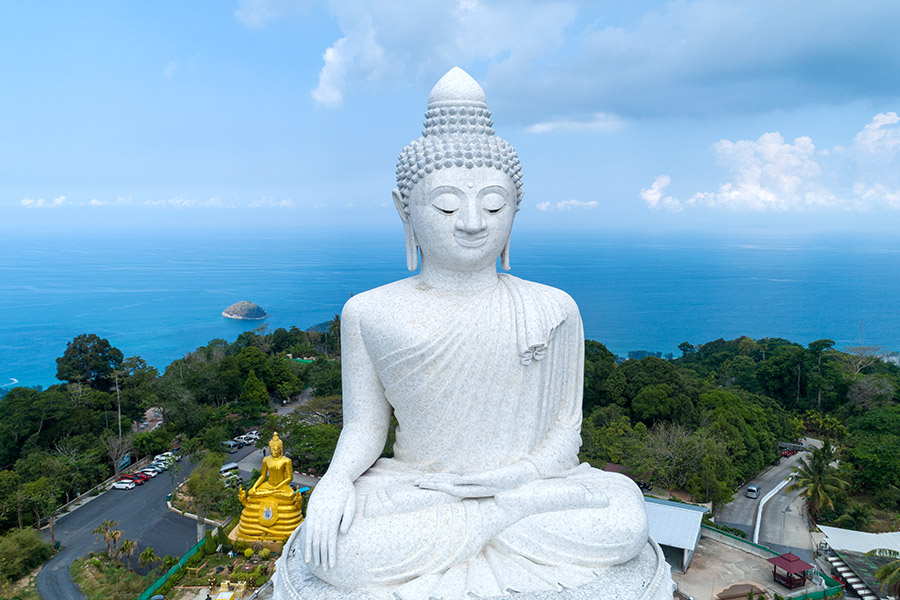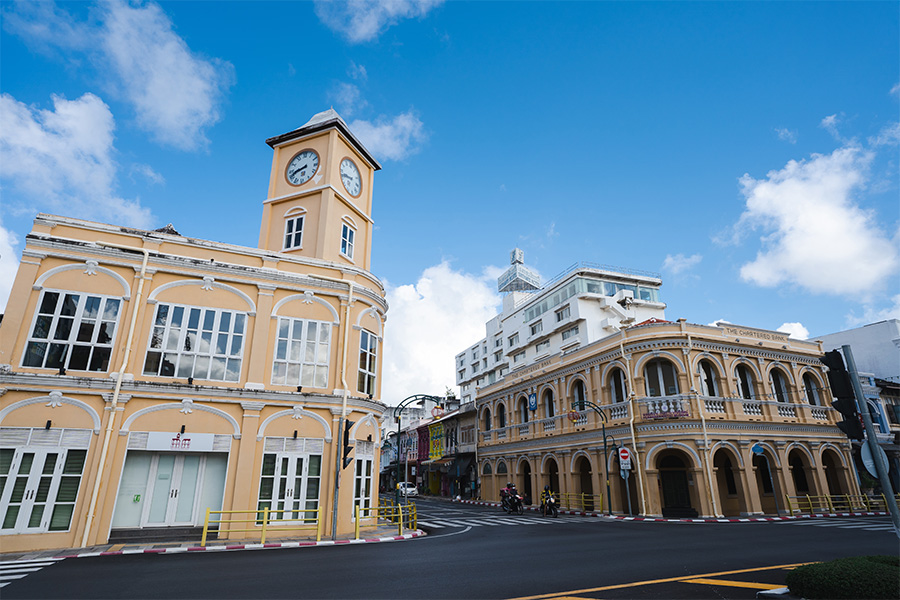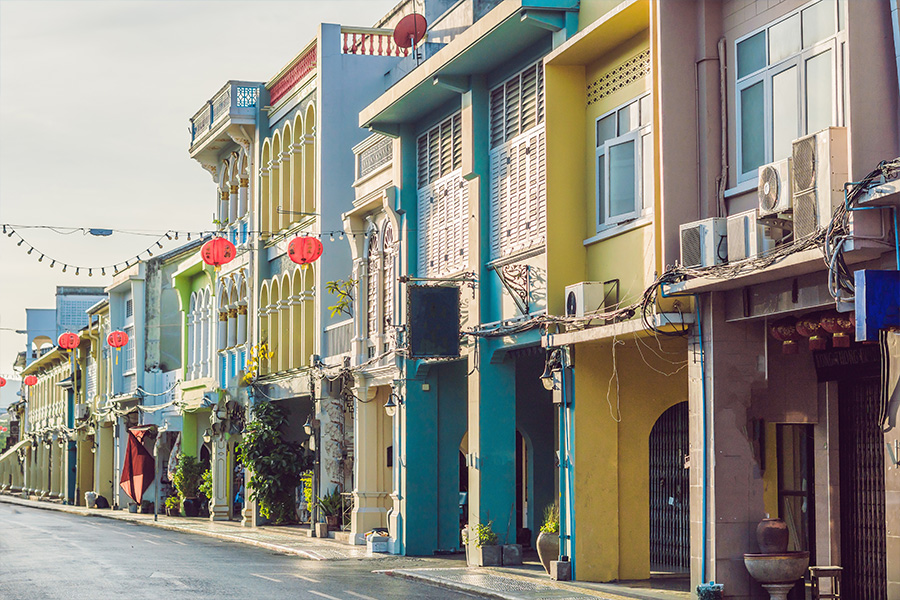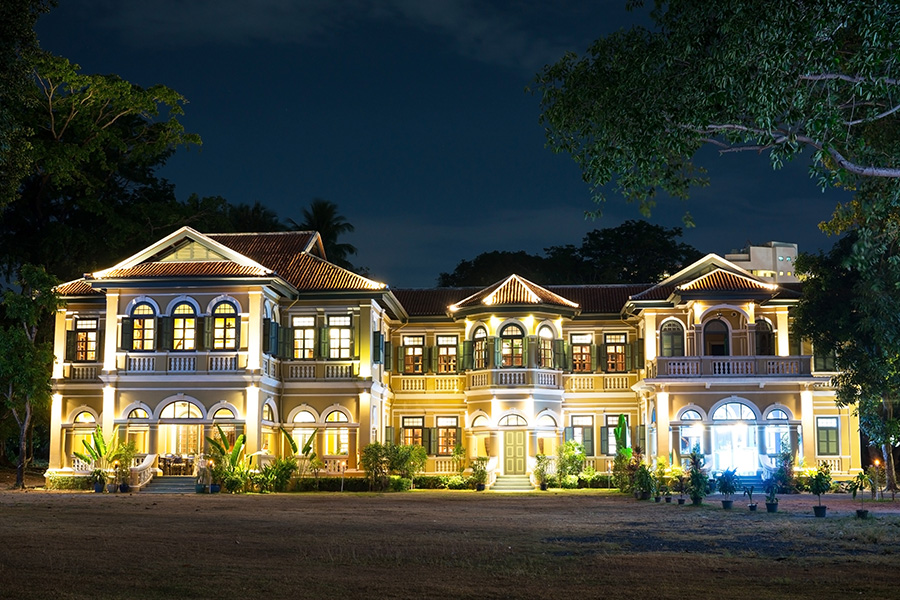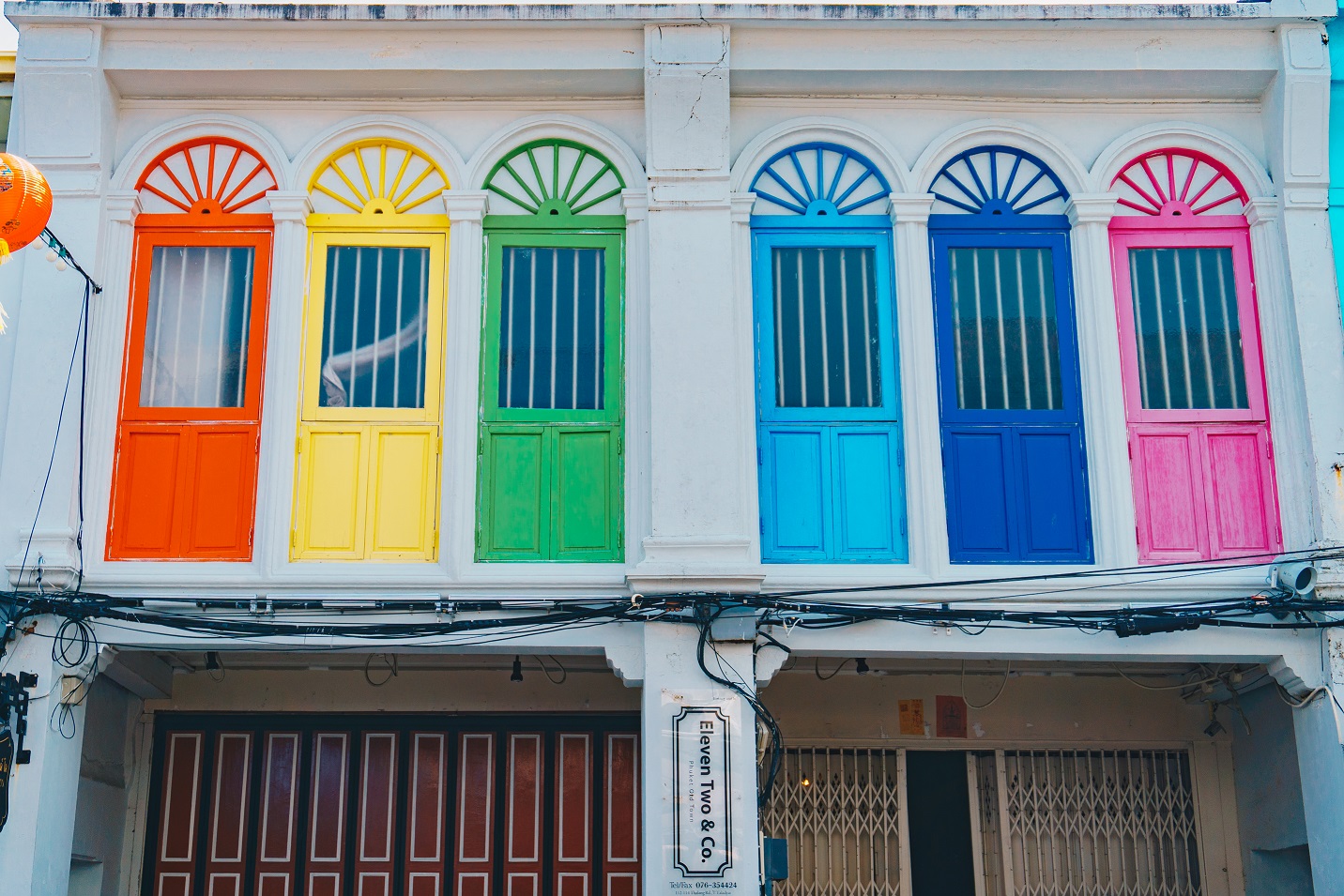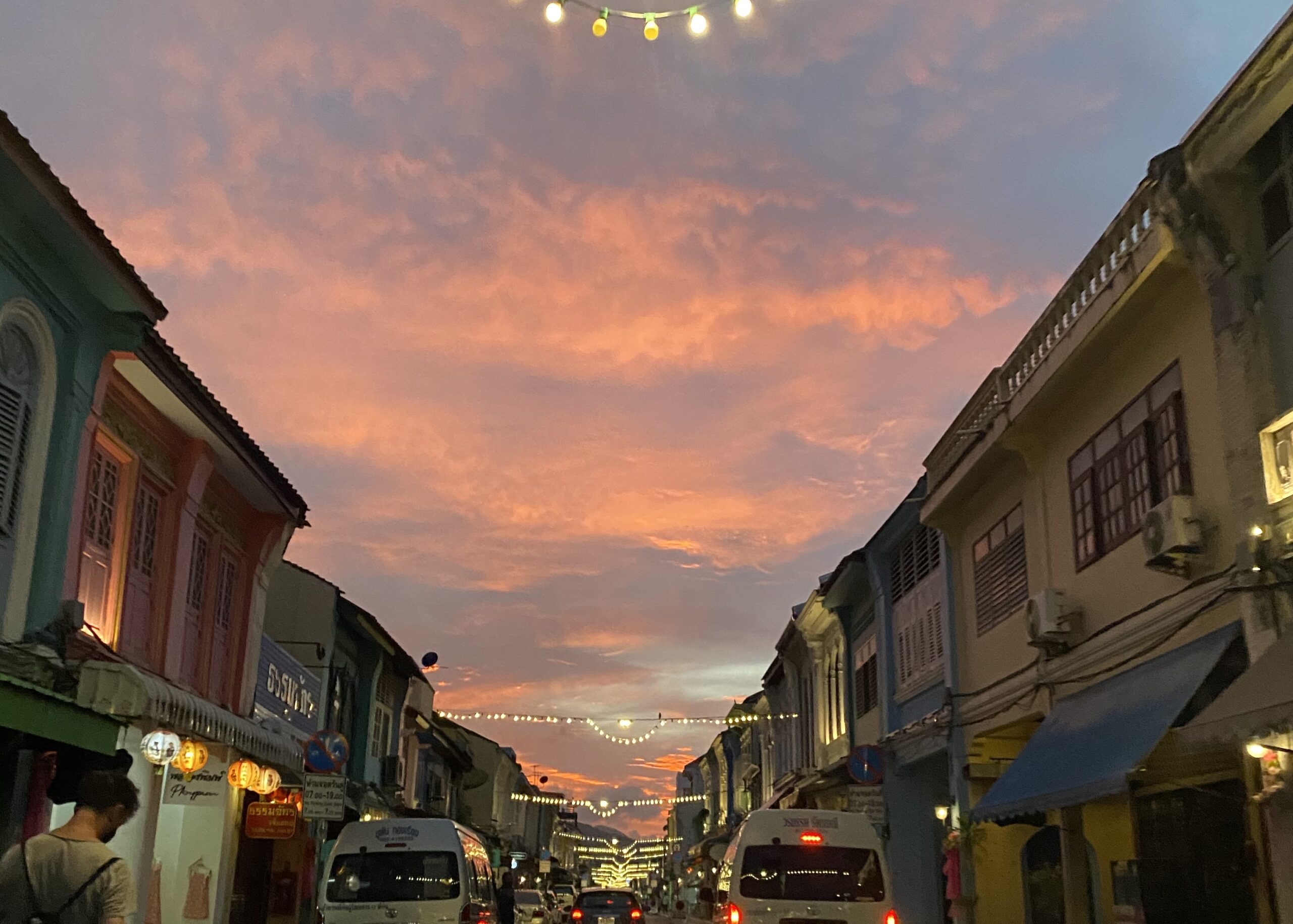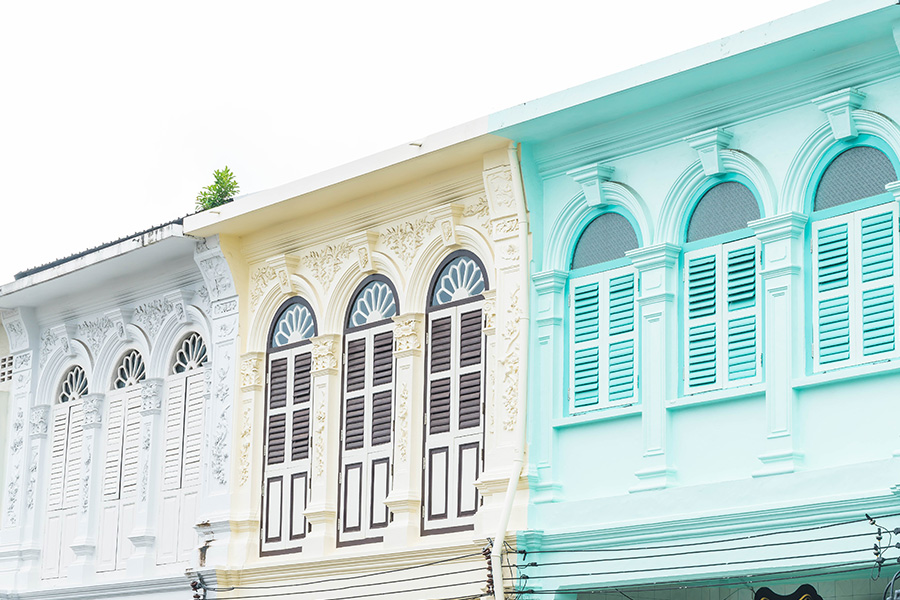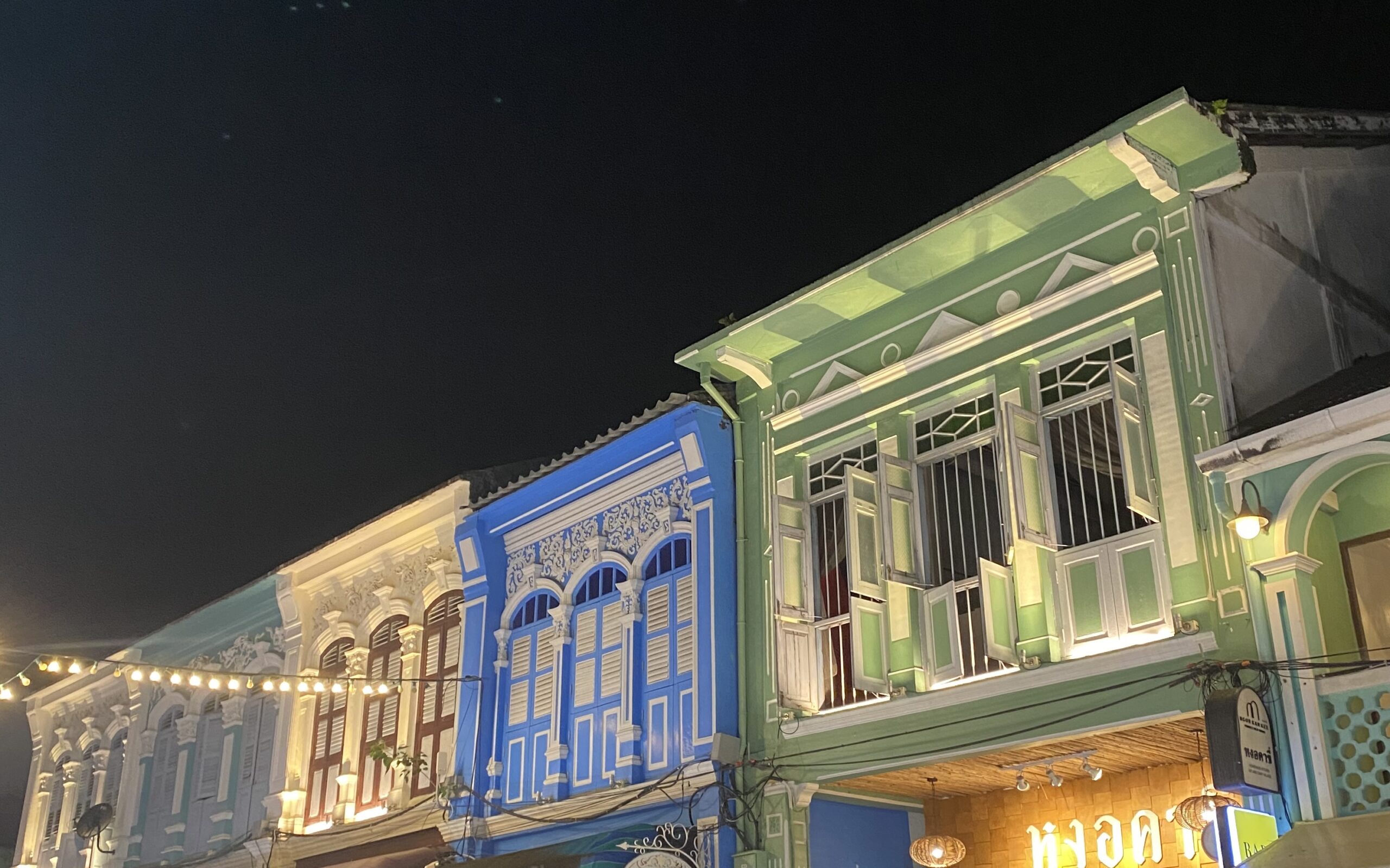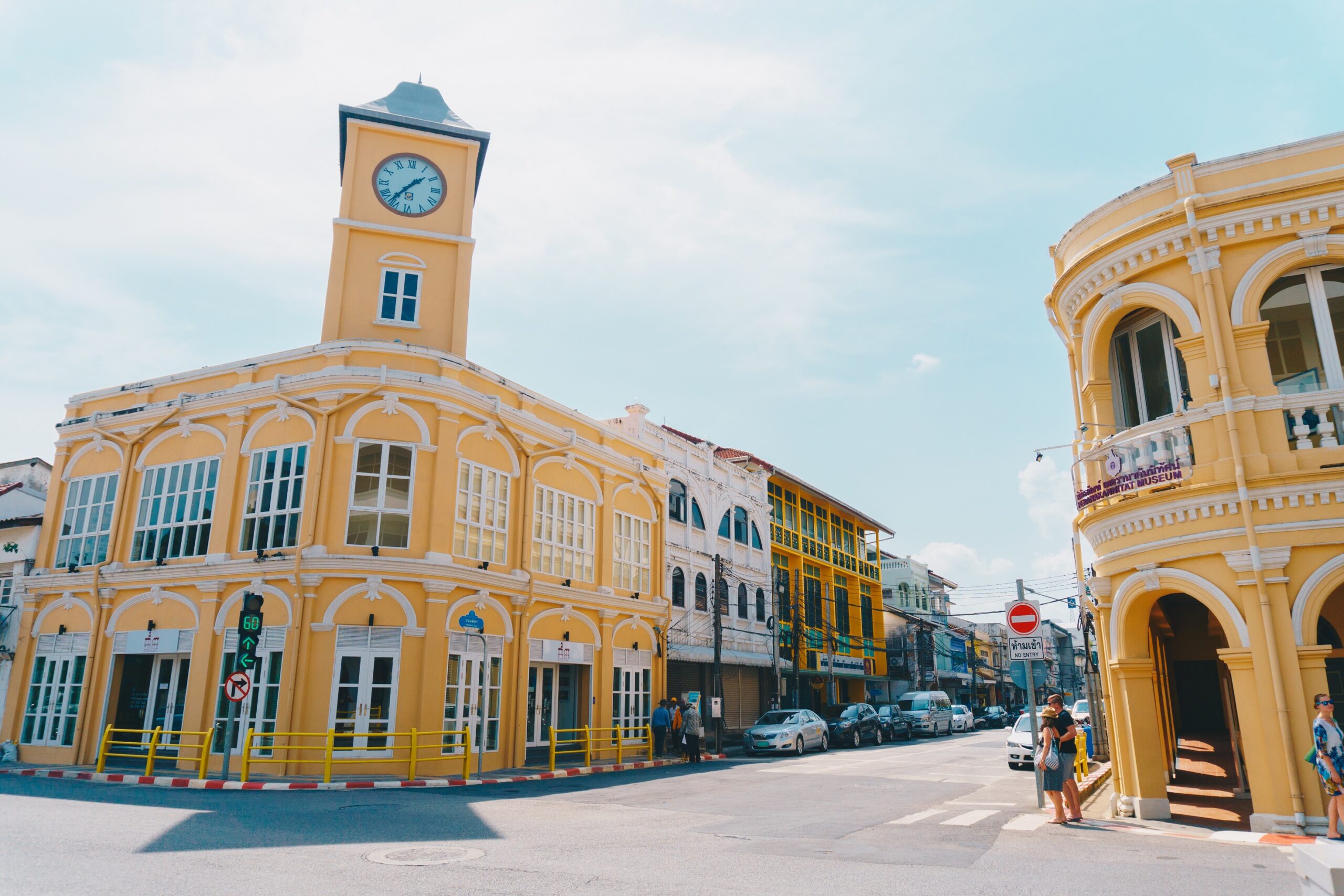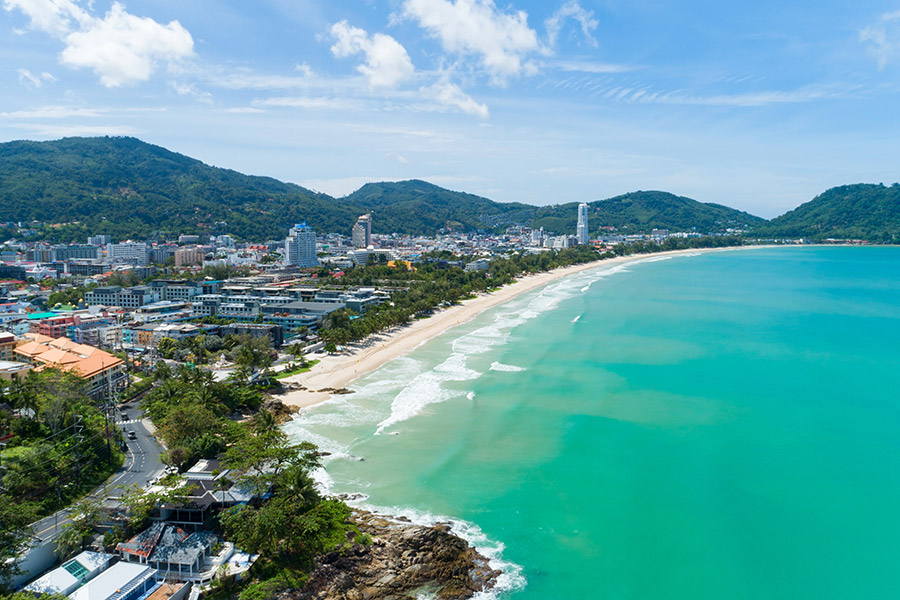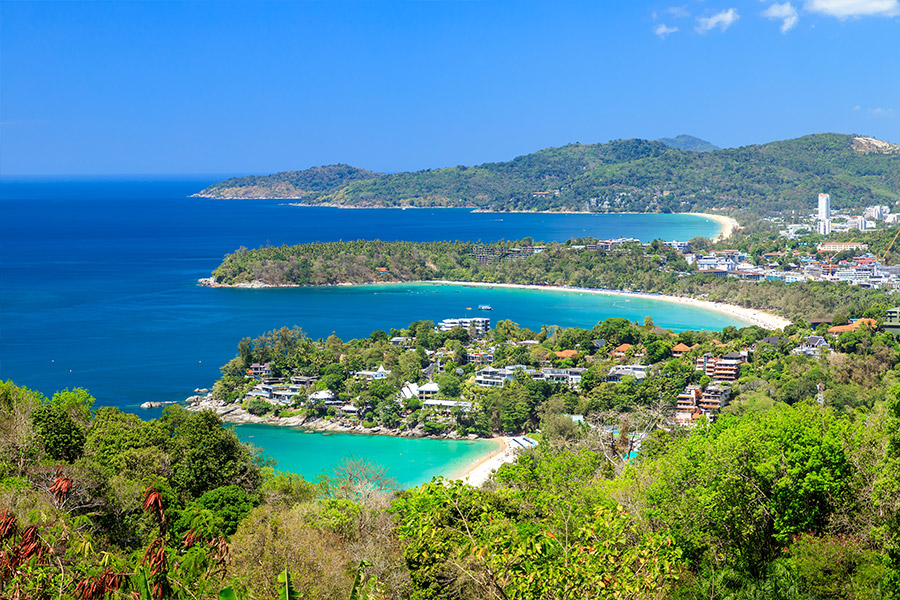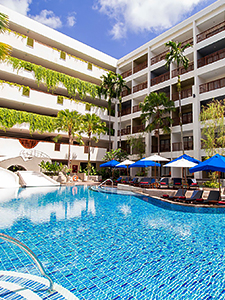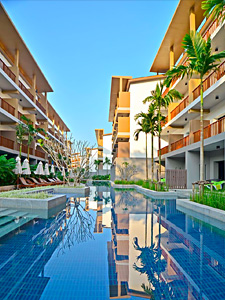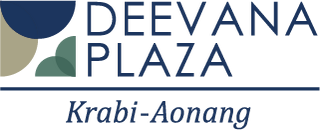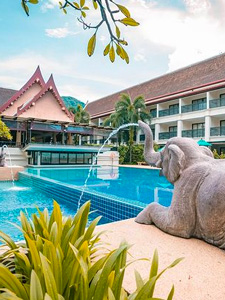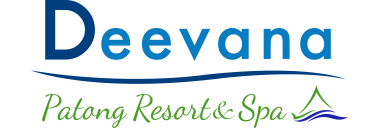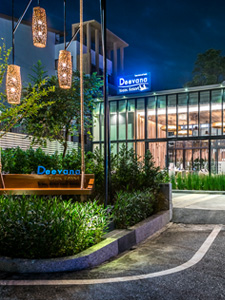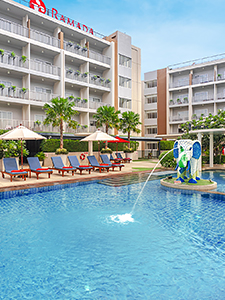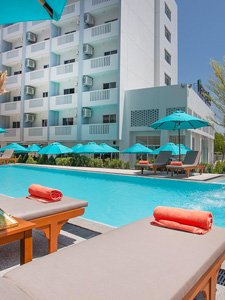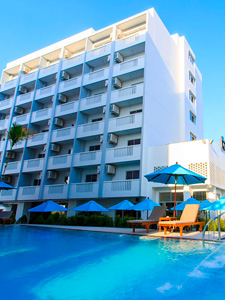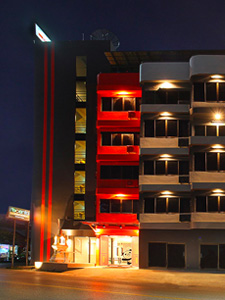Big Buddha
Phuket’s Big Buddha is one of the island’s most important and revered landmarks. The huge image sits on top of the Nakkerd Hills between Chalong and Kata and at 45 metres high it is easily seen from far away.
The lofty site offers the best 360-degree views of the island (think sweeping vistas of Phuket Town, Kata, Karon beaches, Chalong Bay and more.) Easily reachable via a six-kilometre road leading from Phuket’s main artery, it’s a must-visit island destination.
Close up to the image itself it is very peaceful and the only noises you will hear are the tinkling of small bells and the yellow Buddhist flags in the compound flapping in the wind plus soft background dharma music.
Known among Thais as the Phra Puttamingmongkol Akenakkiri Buddha in full, it is 25 meters across at the base. The whole body is layered with beautiful white Burmese marble that shines in the sun, making it a natural symbol of hope. The views, and the actual image itself are all breathtaking.
Old Phuket Town
Unlike many Thai provincial capitals, Phuket Town fairly shines with personality and nowhere more so than its Old Town. In this historically rich part of town you will find shrines, temples (Buddhist and Chinese), ornate and beautifully preserved ‘shophouses’, quaint cafés, tiny printing shops, impromptu private and public museums and even a mini ex-red light district.
Phuket Old Town was built on riches reaped from Phuket’s tin boom of last century, when the metal was an extremely valuable commodity. In this quarter of the town you will see grandiose Sino-colonial mansions, once occupied by Phuket’s tin barons of 100 years’ ago. Phuket Old Town is compact enough to stroll around in. The best time to do this is early in the morning or after the day has lost its heat. There are enough restaurants and cafés to provide you with refreshments so don’t bother taking a picnic along!
Sino-Portuguese Houses
A must-do in Phuket is a walk in the old part of Phuket City, around Thalang, Dibuk and Krabi roads. The beautiful architecture along these roads will take you back to the charm of a century ago.
Phuket plays host to a wonderful mix of nationalities who have chosen to live here: it has Thais, Chinese, Malays, Indians and Nepalese, a young and growing Eurasian community and a unique mix of Hokkien Chinese and Thais called ‘Baba’.
The Baba community’s heritage can be seen in Phuket’s Old Town in its architecture, commerce, dress and way of life. The core of the Old Town essentially is made up of five roads and several ‘sois’ (small streets), these are Rasada Rd, Phang Nga Rd, Thalang Rd, Dibuk Rd, and Krabi Rd. This quarter teems with history and after years of neglect is currently being renovated.
One hundred years ago, Thalang Rd was a hive of activity as tin mine workers would head there to buy essentials, sell tin ore and indulge themselves in less-than-exemplary activities. Theirs was a hard life and the comforts of alcohol, opium, women, and the chance to win some extra cash through gambling provided a heady contrast to the drudgery of tin prospecting.
Phang Nga Road
Turn right here down Yaowarat Rd and right again into Phang Nga Rd. On your left you will see the South Wind secondhand bookstore and just after that an alleyway with Chinese characters at the entrance.
This leads to the Shrine of the Serene Light. Built in 1889, the garden is indeed a serene place to rest your legs before exploring the colourful interior. On the left of the garden is a large polished marble plaque with the names of the donors who helped set the temple up – along with how much they donated. On exiting the alley, diagonally opposite, you will see a good example of imaginative renovation in the form of Siam Indigo, a restaurant that has taken typical Chinese shophouses and joined them together to create a spacious eatery which artfully mixes the old with the new.
Less artful but perhaps more atmospheric is the Memory at On On Hotel, a few metres down on the left. The On On is a Phuket institution and played the part of a Bangkok flophouse in the movie, ‘The Beach’. It has now been renovated but in the past, despite spartan rooms, questionable toilet facilities and the grumpiest staff on the island, people kept coming back for more. Built in Sino-Colonial hotel style, it features a dramatic entrance archway and the sort of fan-wafted lobby that typifies Hollywood’s idea of the Far East.
Thalang Road and Soi Rommanee
At this end of the street there are two roti shops, a Chinese clinic, along with a shop devoted entirely to the sale of white shirts, a bicycle shop and the usual sprinkle of textile outlets. Further up on the right is Soi Rommanee. This back lane has an interesting past – it used to be the red light, or ‘pleasure’ district where Chinese labourers would go to let off steam. In fact, the word ‘romanee’ translates roughly as ‘naughty with the ladies’. Nowadays the soi is an example of what the area has potential for as the houses and cafes are colour coded and the street is full of character (a reconditioned 1960’s Ford Consul adds a welcome touch).
Dibuk Road
Krabi Road
Even though there are absolutely no customers in sight, the sweet vendors are laughing and joking amongst themselves – school will be out in ten minutes’ time and they’ll be busy enough then. Carry on and turn right into Krabi Rd.
Ranong Road
This is also where people use bamboo blocks to obtain advice from the shrine’s oracle. Ask a ‘yes or no’ question then throw the blocks gently in the air. If both blocks land on the same side the answer is ‘no’. If one lands up and the other down the answer is ‘yes’. A small donation to the shrine is appreciated.
Next to the Jui Tui shrine is Pud Jow (‘God Talks’) Chinese Taoist Temple. Built 200 years ago and renovated after a fire 100 years ago, it is the oldest of its sort in Phuket.
Now, simply turn back where you came from and walk past the fountain at the end of Ranong Rd and you will find yourself back on Rasada Rd. Walk to the end and you will be where you started your tour of Phuket’s Old Town.
Phromthep Cape
Patong Beach
Bangla Road
Kata and Karon Beaches
Kata and Karon Beaches are known as the warmest, clearest, and most family friendly locations on Phuket. These beaches are popular amongst families, who choose to enjoy their activities on the long expansive sands, under the warm island sun. Between May and October, surfers will flock to catch waves, while during November and April the beaches are alive with sun seekers.
